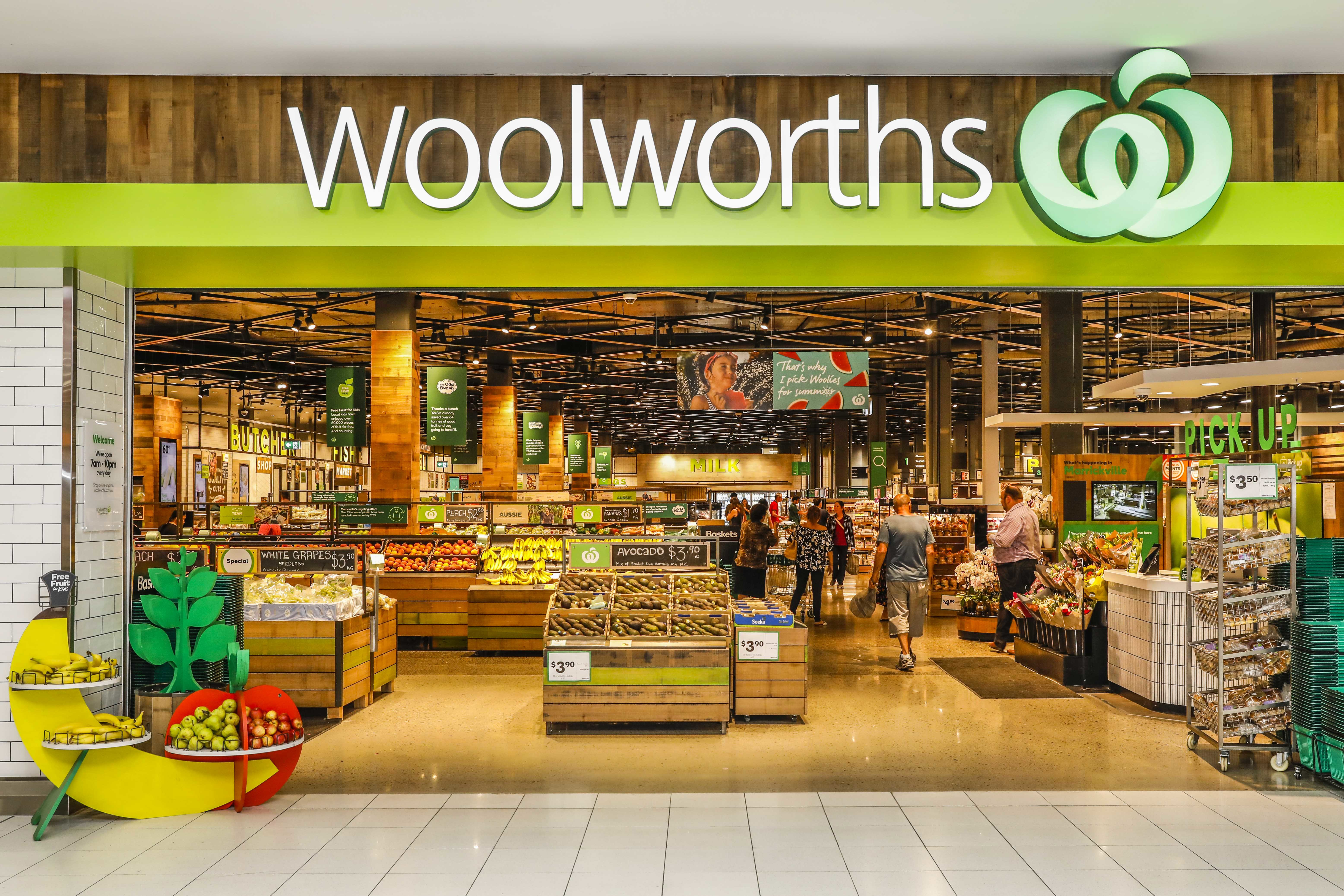

Normally, sales growth of 6% and earnings (EBIT) growth of 11.4% would have investors popping the champagne corks, particularly for a grocery business such as The Fresh Food People at Woolworths. But investors anticipate these sorts of performances and when they arrive and are accompanied by a downbeat update, investors take action.
In a messy result, complicated by the introduction of a new accounting standard that covers leases and rent expense, normalised net profit increased by 15.7% to $979m. Sales increases from all divisions (Australian Food, NZ Food, Endeavour Drinks, Big W and Hotels) together with an improvement in gross margin drove the outcome. Against this, Woolworths cost of doing business (the percentage of sales it pays for salaries and wages, marketing expenses, logistics costs etc) increased.
Woolworths also reported that the cost of remedying under-payments (“wage theft”) to salaried team members, previously estimated to cost between $200m and $300m, had blown out to $315m. Interest and other costs would add another $80m to the bill.
Since bottoming in mid 2016 following the Masters Home Improvement stores debacle, Woolworths shares have almost doubled, hitting an all-time high of $43.96 exactly a week ago. Yesterday, in a down market, they shed 2.7% to close at $40.73.
Woolworth (WOW) – 2/15 to 2/20

Investors were disappointed by a softer-than-anticipated near-term trading outlook and the gap closing with arch rival Coles. In the all-important metric that compares same store sales growth, the gap in the second (December) quarter for Australian Food narrowed to just 0.2%, with Woolworths growing at 3.8% and Coles at 3.6%. For the first seven weeks of calendar 2020, Woolworths said that sales growth had slipped to 2%. Coles didn’t provide a number in its update last week, but did say that “comparable Supermarket sales have remained broadly consistent with the levels achieved in the second quarter”, implying growth in the order of 3%. Is Coles about to overtake Woolworths in the sales wars?
Woolworths also warned that higher food inflation is likely to continue due to the ongoing impact of the drought. While this potentially could be a positive if it can maintain the same margin, competitive pressure might erode any benefit.
In the key EBIT (earnings before interest and tax) to sales ratio for Australian Food, Woolworths showed an 8bps (0.08%) net improvement for the half year to 5.6%. Interestingly, Coles showed a 9bps (0.09%) improvement to 4.8%.
Comparisons to Coles are important because the market prices Woolworths at a premium. Although this has narrowed a touch recently, it has Coles trading on a multiple of 22.5 times forecast FY20 earnings and 21.7 times forecast FY21 earnings, whereas Woolworths is priced on a multiple of 27.9 times FY20 earnings and 25.8 times forecast FY21 earnings.
A highlight for Woolworths was the improved performance of its BigW division. It made a small profit in the period, reporting EBIT of $50m compared to a loss of $8m in the corresponding half. In digital, Woolworths increased its penetration of online sales to 4.4% of all food sales. Coles is at 4.0%.
Woolworths said that the separation of the Endeavour Drinks Group (the Dan Murphys, BWS, and Hotels businesses) was on track for late 2020, but delayed any announcement in regard to a possible capital return. The interim dividend was increased by 1c to 46c per shares.
What do the brokers say?
Ahead of the result, the brokers were becoming more positive on Woolworths and raised target prices. Macquarie increased its target to $42.40 from $37.00 in January, Morgan Stanley to $36.50 from S28.00 also in January and Credit Suisse moved to $35.63 from $31.83 in December. This was based on an improving earnings outlook and a higher “sum of the parts” valuation, post the de-merger of the Endeavour Drinks group. The withdrawal of German discounter Kaufland from the Australian market was also a positive. That said, the consensus target price still sits (according to FN Arena) at $37.44, an 8.1% discount to yesterday’s closing price. By comparison, the target price for Coles of $15.83 is 4.1% higher than its last price of $15.21.
Sentiment is neutral to negative, with only Macquarie (of the major brokers) having a “buy” rating. While the Woolies result wasn’t a “beat”, it also wasn’t a “miss” so there is unlikely to be much movement in target prices or broker recommendations. The disappointment is that it isn’t doing that much better than Coles.
Here’s my view
I have argued for a while that Woolworths is priced “close to perfection”. It has benefitted from the thirst by investors for secure, relatively safe defensive stocks that pay annuity style dividend streams. But with a multiple in the high twenties, sustainable earnings growth in the low to mid-single digits and a relatively unattractive dividend yield of 2.6% (fully franked), I can’t get that excited about Woolworths. Reduce.